
Before
Before the work has begun

Marking wall
We mark a line around the perimeter of the basement to cut the sheet rock at this point.
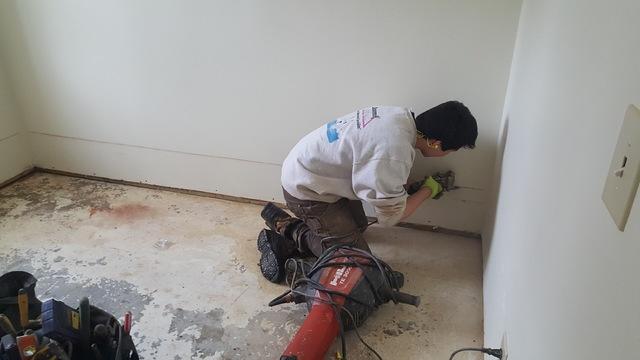
Cutting
One of our foreman Chim, cutting the sheet rock.
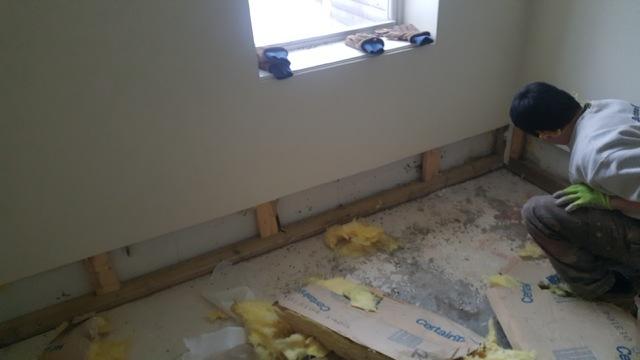
Walls down
The walls are taken down and the insulation is removed to install the DryTrak
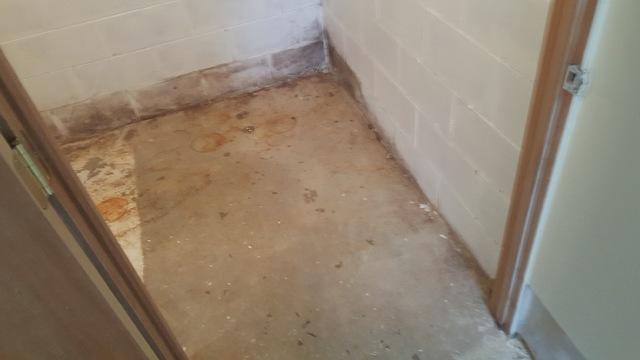
Location
This is the location of the new Sump System

Plumbing
This is the plumbing where we will tie the location of the new sump system into

Jackhammering
Starting to jackhammer a trench for the drain tile system which will drain into the sump system
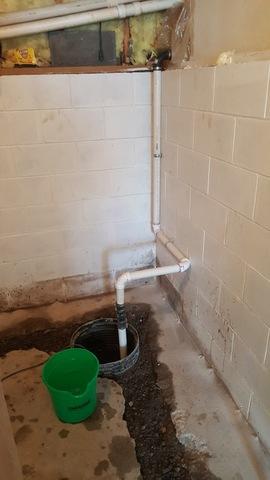
New sump
The plumbing line is connected to the new sump and the draintile trench leads directly to it
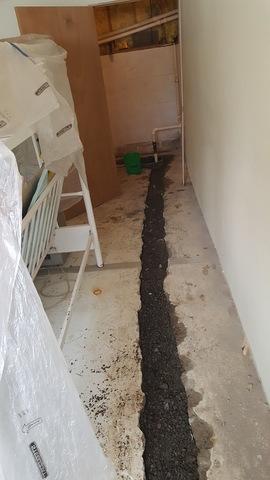
Trench
Drain tile trench around the perimeter of the basement
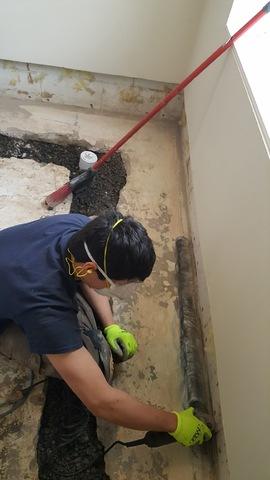
Concrete ready
Before installing the DryTrak you must get the concrete ready for the epoxy. Basically all you need to do is rough it up a little
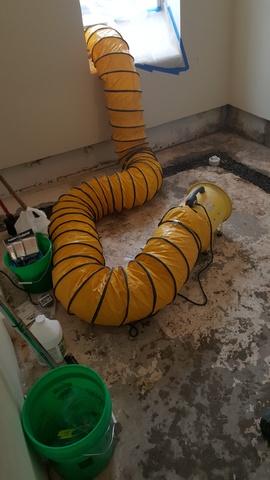
Dust no more
The blower sucks the dust particles out of the basement and blows them out of the window.
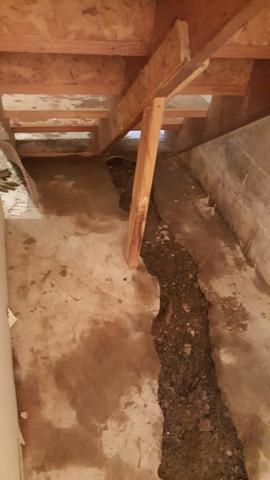
No obstacle
The stairs were in the way so we had to go right underneath, but when we re-cement you would never know

Stairs
The trench for the drain tile coming up from underneath the stairs
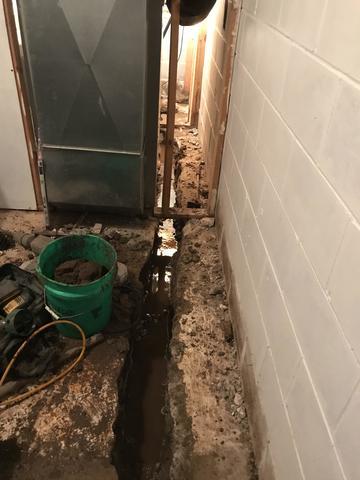
Hydrostatic Pressure
The water in the trench is coming up from the ground underneath the cement.
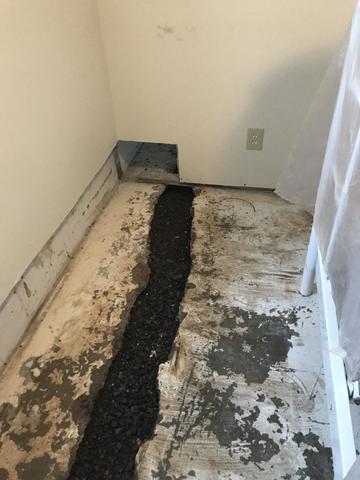
Cutting between rooms
This hole is so the DryTrak can run seamlessly around the perimeter of the basement and catch any water that may come through the foundation and direct it to the sump system

Everything in place
The DryTrak and draintile have both been installed and the sump moved, now to re-cement the floor
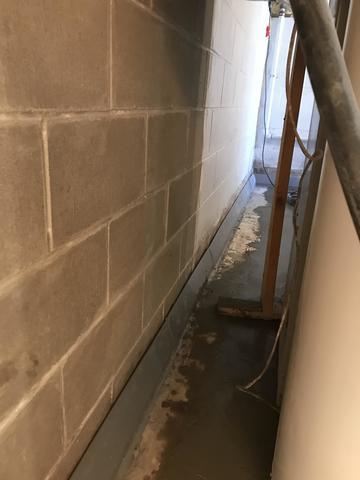
Small spaces
The crew has to work in some pretty tight spaces to ensure the customer will be happy

Coming together
The crew is finishing up with the cement work
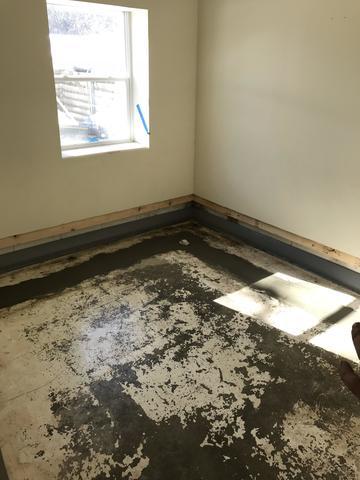
Finished
The DryTrak is installed, draintile is laid, ports placed, rock poured and cement is setting!

Old Sump
This is the location of the old sump. It is pretty outdated and the basin is raised up above the floor.
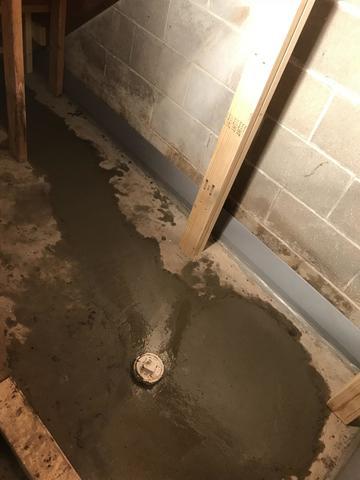
Port
This is a clean out port. The crew places these ports throughout the drainage system in hopes of removing any debris or clogs that could potentially occur
